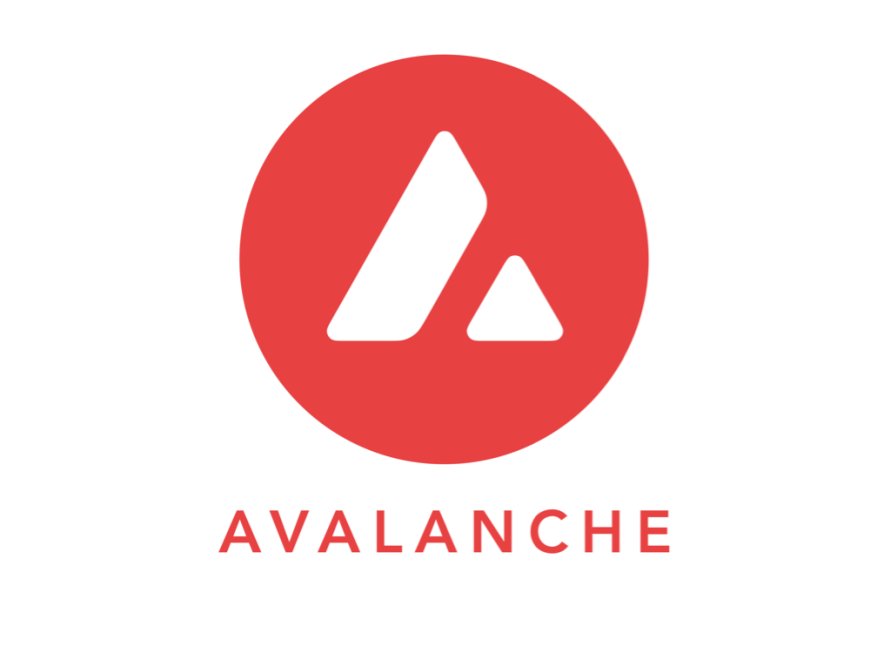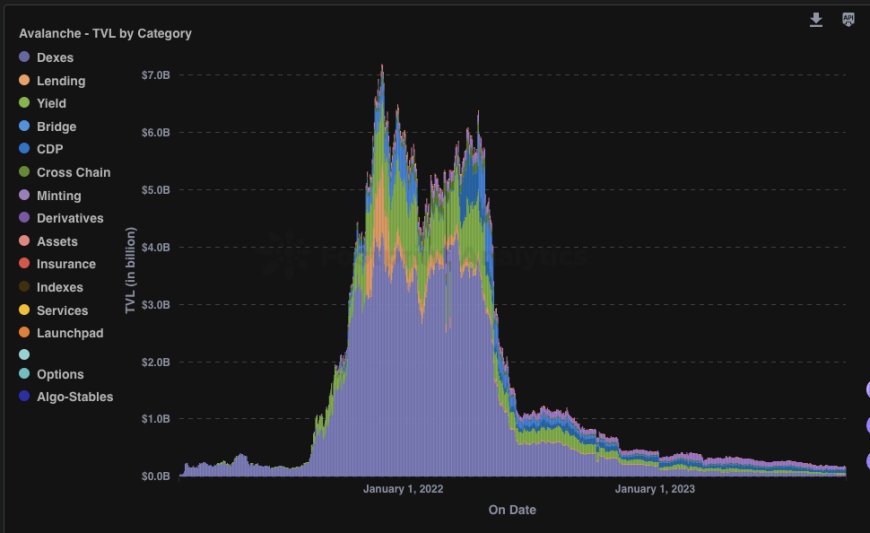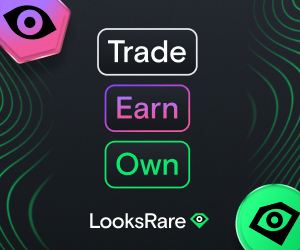What is Avalanche Blockchain? AVAX Explained
Avalanche blockchain is the latest development in public blockchain technology. It utilizes a combination of traditional distributed ledger and new consensus algorithms to provide a highly secure, fast, and cost-effective transaction platform.

With its lightning-fast transactions and scalable network, Avalanche is changing the game for decentralized finance (DeFi) and web2 big companies like AWS.
Built on a novel consensus protocol called Avalanche, this cutting-edge blockchain offers unmatched speed, security, and decentralization.
Avax is the native token of the Avalanche network, and it's used for staking and governance: see Avax price live.
How does Avalanche blockchain work?
Introducing Avalanche Crypto, the revolutionary blockchain technology that's taking the crypto world by storm. With its lightning-fast transactions and scalable network, Avalanche is changing the game for decentralized finance (DeFi) and beyond by having a transaction output of up to 6,500 transactions per second while not compromising scalability.
Built on a novel consensus protocol called Avalanche, this cutting-edge blockchain offers unmatched speed, security, and decentralization.
The Avalanche network comprises three distinct blockchains: the X-Chain, C-Chain, and P-Chain. Unlike Bitcoin and Ethereum, which rely on a consensus model where all nodes validate every transaction, each Avalanche chain serves a unique purpose and utilizes different consensus mechanisms based on specific use cases. This innovative approach sets Avalanche apart and enables unparalleled efficiency and performance compared the the Ethereum network which is more limited in terms of performance.
Key features of Avalanche crypto
The Avalanche blockchain operates on a unique consensus protocol that sets it apart from traditional Proof-of-Work (PoW) or Proof-of-Stake (PoS) systems. It utilizes a novel approach called the Avalanche consensus algorithm, which enables rapid transaction finality and consensus. Instead of relying on miners or validators to reach consensus, Avalanche leverages a technique known as random sampling to achieve agreement among network participants.
The Avalanche consensus algorithm operates by allowing network participants, known as validators, to vote on the validity of transactions. Validators are randomly selected to form small groups called subnets, where they collectively decide on the validity of transactions. This process, known as the Snowball sampling, ensures that consensus is achieved quickly and efficiently, allowing Avalanche to process transactions at an incredibly high throughput.
Moreover, the Avalanche blockchain is designed to be highly scalable. It achieves this by partitioning the network into subnets that can operate independently, enabling parallel processing of transactions. This scalability ensures that the Avalanche network can handle a massive number of transactions without sacrificing speed or security allowing for developers to build avalanche dapps on the custom blockchain networks.
In summary, the Avalanche blockchain's unique consensus algorithm and scalability make it a powerful solution for decentralized applications and financial systems.
Advantages of Avalanche Blockchain technology
Avalanche crypto boasts several key features that set it apart from other blockchain technologies. These features contribute to its lightning-fast transaction speeds, robust security, and high scalability.
One of the standout features of Avalanche is its subnets. Subnets are independent blockchain networks that operate within the larger Avalanche ecosystem. Each subnet can have its own set of validators and consensus rules, allowing for customized configurations tailored to specific use cases. This flexibility makes Avalanche highly adaptable to different applications, from decentralized exchanges to gaming platforms.
Another key feature of Avalanche is its ability to support smart contracts. By leveraging the Avalanche Virtual Machine (AVM), developers can create and deploy smart contracts on the Avalanche blockchain. The AVM is compatible with the Ethereum Virtual Machine (EVM), allowing developers to port existing Ethereum-based applications to Avalanche with ease. This compatibility opens up a world of possibilities for developers looking to tap into the Avalanche ecosystem.
Additionally, Avalanche crypto has a native token called AVAX. The AVAX token plays a vital role in securing the network and participating in the consensus process. It also serves as a medium of exchange within the Avalanche ecosystem, facilitating transactions and incentivizing network participants. With its deflationary design and utility within the Avalanche network, the AVAX token holds significant value for investors and users alike.
In summary, Avalanche crypto's key features, including subnets, smart contract support, and the AVAX token, make it a versatile and robust blockchain platform.
Total Value locked (TVL) is usually a good indicator of a blockchain’s popularity and the Avalanche network is no exception. As of the time of writing, the total value locked on Avalanche reached over $700 million. This shows just how much trust users have in the security and scalability of this platform. Here is a graphic of the TVL repartition:

Use cases of Avalanche crypto
The Avalanche blockchain offers several advantages over traditional blockchain technologies, making it an attractive option for developers and users alike to exchange chains.
One of the primary advantages of Avalanche is its scalability. With its ability to partition the network into subnets, Avalanche can handle a massive number of transactions simultaneously. This scalability is crucial for applications that require high throughput and real-time transaction finality, such as decentralized exchanges and payment platforms. Aave, an Open Source Protocol to create Non-Custodial Liquidity Markets, is using Avalanche to power its platform.
Another advantage of Avalanche is its fast transaction speeds. The Snowball consensus algorithm allows for rapid confirmation of transactions, ensuring that users experience near-instantaneous settlement times. This speed is a game-changer for applications that require quick transaction processing, as it eliminates the bottlenecks and delays associated with other blockchain platforms.
Furthermore, Avalanche offers a high level of security. The consensus algorithm's random sampling approach makes it highly resistant to attacks, such as 51% attacks or double-spending. The decentralized nature of the network, coupled with the dynamic validator selection process, ensures that the Avalanche blockchain remains secure and robust.
Overall, the scalability, speed, and security offered by the Avalanche blockchain provide significant advantages over other blockchain technologies, positioning it as a frontrunner in the industry. AWS cloud service is using AVAX technology to empower its services.
Avalanche vs other popular blockchain technologies
The versatility and scalability of the Avalanche blockchain make it suitable for a wide range of use cases across various industries. Here are some notable examples:
1. Decentralized Finance (DeFi): Avalanche is gaining traction as a go-to platform for DeFi applications. Its high throughput and low transaction fees make it ideal for decentralized exchanges, lending platforms, and yield farming protocols. Avalanche's compatibility with the Ethereum ecosystem also allows for easy migration of existing DeFi projects to the Avalanche network.
2. Gaming and NFTs: The Avalanche blockchain provides an excellent infrastructure for gaming platforms and non-fungible tokens (NFTs). Its fast transaction speeds and low fees enable smooth in-game asset transfers and NFT minting and trading. Avalanche's subnets also allow developers to create dedicated gaming networks with custom rules and mechanics. A great exemple of a game using the AVAX chain is Defi Kingdom: A cross-chain fantasy RPG game with beautiful pixel art, tokenized resources, and Hero NFTs integrated with DeFi protocols.
3. Supply Chain Management: Avalanche's scalability and security make it an excellent choice for supply chain management applications. With its ability to handle a large volume of transactions in real-time, Avalanche can track and verify the movement of goods and ensure transparency and authenticity throughout the supply chain.
4. Identity and Voting Systems: The Avalanche blockchain's robustness and security make it an ideal platform for identity verification systems and secure voting mechanisms. By leveraging Avalanche's consensus algorithm, these systems can achieve rapid verification and consensus, ensuring the integrity and privacy of sensitive data.
These are just a few examples of the many potential use cases for Avalanche crypto. The platform's scalability and compatibility with existing ecosystems open up endless opportunities for innovation and disruption in various industries.
Who are the founders of Avalanche?
Ava Labs, co-founded by Cornell University professor Emin Gün Sirer, along with Kevin Sekniqi and Maofan "Ted" Yin, successfully launched Avalanche. Gün Sirer, a distinguished figure in cryptographic research, had actually conceptualized a peer-to-peer virtual currency years prior to the release of the Bitcoin whitepaper. He also played a crucial role in Bitcoin scaling solutions and Ethereum research before the infamous The DAO hack in 2016.
Building on that research, Avalanche was born and subsequently led to the establishment of Ava Labs in 2018. The project received notable investments in its seed round in February 2019 from prominent names like Polychain, Andreessen Horowitz, and Balaji Srinivasan. Interestingly, Avalanche's initial coin offering in 2020 managed to raise a staggering $42 million in less than 24 hours.
How to invest in Avalanche crypto
While Avalanche offers many unique advantages, it's essential to compare it to other popular blockchain technologies to understand its position in the market.
Avalanche vs Ethereum: One of the most significant differences between Avalanche and Ethereum is scalability.
While Ethereum has been plagued by scalability issues and high gas fees, Avalanche can handle thousands of transactions per second at a fraction of the cost. Avalanche's compatibility with the Ethereum ecosystem also allows for easy migration of existing projects, giving developers a seamless transition to a more scalable platform.
Avalanche vs Binance Smart Chain (BSC): Binance Smart Chain, similar to Avalanche, focuses on scalability and low transaction fees. However, Avalanche has a distinct advantage in terms of security and decentralization. The Avalanche consensus algorithm's random sampling approach ensures a more robust and decentralized network, making it less susceptible to attacks and centralization concerns.
Avalanche vs Polkadot: Polkadot is known for its interoperability and ability to connect different blockchains. While Avalanche also supports interoperability through its subnets, it offers faster transaction speeds and higher scalability. Avalanche's consensus algorithm allows for near-instant transaction finality, making it an attractive choice for applications that require real-time processing.
While each blockchain technology has its strengths, Avalanche's unique combination of scalability, speed, security, and compatibility make it a formidable player in the market, poised to disrupt various industries.
Risks and challenges of Avalanche crypto
If you're interested in investing in Avalanche crypto, here are the steps to get started:
1. Create an account on a cryptocurrency exchange: Look for a reputable cryptocurrency exchange that supports Avalanche (Binance, Coinbase, Kucoin, Kraken, Bitfinex) and sign up for an account. Ensure that the crypto exchanges offers AVAX trading pairs so that you can easily buy and sell Avalanche tokens.
2. Complete the verification process: Most exchanges require users to complete a verification process to comply with regulatory requirements. Follow the instructions provided by the exchange to verify your identity and access all the features of the platform.
3. Deposit funds: Once your account is verified, deposit funds into your exchange wallet. You can typically deposit fiat currency or other cryptocurrencies and convert them to AVAX.
4. Place an order: With funds in your exchange wallet, navigate to the AVAX trading pair and place an order. You can choose between market orders, limit orders, or other order types based on your preferences. Set the desired price and quantity, and confirm the transaction.
5. Secure your AVAX tokens: After your order is filled, your AVAX tokens will be credited to your exchange wallet. It's essential to secure your tokens by transferring them to a personal wallet. Look for a compatible Avalanche wallet and follow the instructions to set it up and transfer your AVAX.
Remember to conduct thorough research and consider your risk tolerance before investing in any cryptocurrency. Prices can be volatile, and it's crucial to make informed decisions based on your financial goals and investment strategy.
Future outlook for Avalanche blockchain
There is more than 66800 avax holders on avalanche mainnet.
While Avalanche crypto offers many advantages, it's essential to be aware of the risks and challenges associated with the technology.
Market volatility: Like any other digital assets, the price of avax can be highly volatile. Fluctuations in the market can result in significant gains or losses, so it's crucial to be prepared for price volatility and only invest what you can afford to lose.
Regulatory uncertainty: The regulatory landscape surrounding cryptocurrencies is constantly evolving. Changes in regulations or government interventions can impact the adoption and use of Avalanche crypto. Stay informed about regulatory developments and comply with any legal requirements in your jurisdiction.
Competition: The blockchain industry is highly competitive, with many other platforms like Solana or Radix vying for market share. While Avalanche has unique features and advantages, it faces competition from established platforms like Ethereum and emerging platforms like Polkadot. Keep an eye on the competitive landscape and monitor developments in the industry.
Technological risks: As with any emerging technology, there may be unforeseen technological risks or vulnerabilities associated with Avalanche. Stay updated with the latest security practices and ensure that you use reputable wallets and platforms to mitigate these risks.
It's essential to conduct thorough research, assess your risk tolerance, and stay informed about the latest developments in the industry before engaging with Avalanche crypto or any other cryptocurrency.
Conclusion
The future of the Avalanche blockchain in the crypto space looks promising, with significant growth and adoption expected in the coming years.
As scalability and transaction speeds become increasingly crucial for blockchain applications, Avalanche's unique consensus algorithm and scalability features position it as a leading solution. Developers are recognizing the advantages of Avalanche for building decentralized applications, and the platform is attracting attention from both established projects and new startups.
Furthermore, the compatibility between Avalanche and the Ethereum ecosystem opens up a vast pool of developers and users who can seamlessly migrate their projects to Avalanche. This interoperability strengthens Avalanche's position as a versatile and future-proof blockchain technology.
Additionally, Avalanche's focus on decentralized finance (DeFi) and its ability to handle high transaction volumes make it an attractive option for the rapidly growing DeFi market. As DeFi continues to gain mainstream adoption, Avalanche is well-positioned to capture a significant share of this market.
Overall, the long-term future of the Avalanche blockchain looks bright, with the potential to revolutionize various industries and become a major player in the blockchain ecosystem.
Avalanche's official website: https://www.avax.network/










